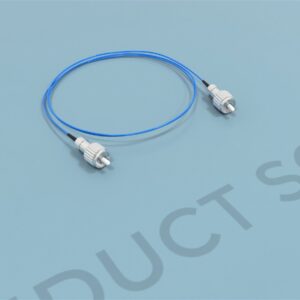$690.00 – $990.00Price range: $690.00 through $990.00
The MazeEngineers release device for the Morris water maze assists in blinding mice and rats to navigational cues in insertion into the morris water maze.
Comes in pack of two. Sizing for mice and rats available. Please inquire for more details

MazeEngineers empowers preclinical neuroscience research with meticulously designed, customizable behavioral apparatuses. From manual classic mazes to fully automated smart systems, we provide the tools scientists need to capture high-quality, reproducible data for studies on learning, memory, anxiety, and depression.




Decades of research on spatial memory and behavior among rodent classes have been propelled by the classic Morris water task (Morris, 1984). Over time, various adjustments and enhancements have broadened the scope of spatial research, enriching the straightforward design of the Morris water maze. One notable addition to this toolkit is the water maze release device, which standardizes the execution of general MWM training and testing procedures.
Introduced by Phillips et al. (2013), the water maze release device simplifies the elimination of potential extraneous cues encountered by rodents just before a trial. This device involves placing the rodent inside it during transportation from its cage to the testing room and starting point in the maze. Once secured on the acrylic rod at the maze’s center, the device operates automatically, enabling the experimenter to depart the testing area discreetly.
Constructed as an opaque cylinder, the water maze release device comprises two chambers: a top and a bottom, each with distinct functionalities. Its floor features perforations, and it is topped with a lid that can be removed. The rodent is positioned within the larger top chamber, while the smaller bottom chamber acts as a reservoir for water entry upon placement into the maze. Additionally, holes in the lower section facilitate the insertion of the central vertical rod of the water maze.
To initiate the test, the rodent is placed inside the opaque release device for transportation from its cage to the testing room. Once there, the device is carefully lowered onto a vertical rod extending above the water at the maze’s starting point, usually positioned at its center. This rod snugly fits into a socket beneath the lid of the device, passing through the holes on its lower section.
Engineered for controlled buoyancy and water inflow, the lower section gradually separates from the lid as the device descends into the water, allowing the experimenter ample time to exit the testing area.
As water fills the lower section, the rodent ascends the cylinder, exploring its perimeter. With the gradual submersion of the lower section, approximately 45 to 50 seconds later, the entire device sinks beneath the water’s surface. This prompts the rodent to begin navigating the maze, with minimal time available to rely on external cues.
The utility of the water maze release device extends to both training and testing sessions within the Morris water maze paradigm and its variations. Offering a standardized method, this tool simplifies the rodent’s placement in the testing apparatus while affording the experimenter the opportunity to exit the testing area prior to the trial’s commencement. Additionally, the opaque nature of the release device serves to mitigate pre-entry stress for the rodent navigating the water maze.
Morris, R. (1984). Developments of a water-maze procedure for studying spatial learning in the rat. Journal of neuroscience methods, 11(1), 47-60.
Phillips, J. B., Youmans, P. W., Muheim, R., Sloan, K. A., Landler, L., Painter, M. S., & Anderson, C. R. (2013). Rapid learning of magnetic compass direction by C57BL/6 mice in a 4-armed ‘plus’ water maze. PloS one, 8(8), e73112.
| Species | Mouse, Rat |
|---|
There are no questions yet. Be the first to ask a question about this product.